Did you know that Americans throw out over 40% of their food? While some live in poverty, households and restaurants throw out tons of food each year, wasting precious resources.
As we become more aware of the effects of food waste, chefs and restaurants are learning to become more sustainable and implement zero-waste cooking, jumping on the trend of sustainability. Food establishments have the opportunity to lead the forefront to living a zero or minimal waste lifestyle.
Managing a sustainable kitchen with zero-waste cooking is only limited by the chef’s imagination. There are endless possibilities and creative ways to ensure we cut down on our food waste.
Zero-Waste Cooking Explained
What is zero-waste cooking?
Zero-waste cooking means literally have no waste left behind while cooking a meal. This includes parts of the ingredients you’re using and packaging from the ingredients.
When practicing zero-waste cooking, you will use every single part of vegetables, fruits, meat, and whatever else may be required for your dish. However, this doesn’t mean you must use every part in one particular dish. Parts can be used for other dishes in your kitchen, get composted, or repurposed for another use.
How to Achieve a Zero-Waste Restaurant
It’s no secret that restaurants create the most food waste. As an environmentally-conscious chef you can change that.
To achieve a zero-waste restaurant requires planning, communicating, and strategizing with your staff to begin practicing a sustainable operation. A great place to start is with the fundamental processes you implement in your kitchen. Once you have the basics, you are set for success.
The programs at Auguste Escoffier School of Culinary Arts offer a practical foundation for how to run an environmentally-friendly kitchen. Through courses that teach purchasing, inventory management, and use of sustainable foods in menu production, students could learn how to manage a kitchen with zero-waste cooking.
“I’m definitely more focused on waste management. I’m making more things from scratch instead of buying them pre-bottled, using even the remains of vegetables and meats to blend and make marinades and stock.”
Nahika Hillery, Culinary Arts Graduate & Chef/Owner at Kreyol Korner Caribbean Cuisine
Below are some ways you can begin to achieve a zero-waste restaurant.
Reduce Food Waste
The first thing chefs can do is to reduce food waste in their kitchens. To begin, try to use all of the food you have purchased for the week.
The popular motto, “It’s better to have too much than not enough,” does not apply to running a zero-waste kitchen. Restaurant managers and chefs should review their inventory regularly and decide what they could do without.
Some chefs start by focusing on trends of what their patrons are ordering. For dishes that do not sell as well as planned, restaurants can purchase fewer ingredients for that dish. This helps avoid throwing out unused ingredients, therefore cutting down on food waste.
Not only does this cut down on waste, but it is cost effective. A restaurant that can better predict the trends of what their customers are ordering can then plan to buy only the ingredients that are needed.
Some restaurants even offer a set menu for their customers. This allows them to easily plan exactly how much they will need to buy or cook.
You can also take your environmentally-friendly kitchen a step further and practice purchasing ingredients without plastic containers and packaging.
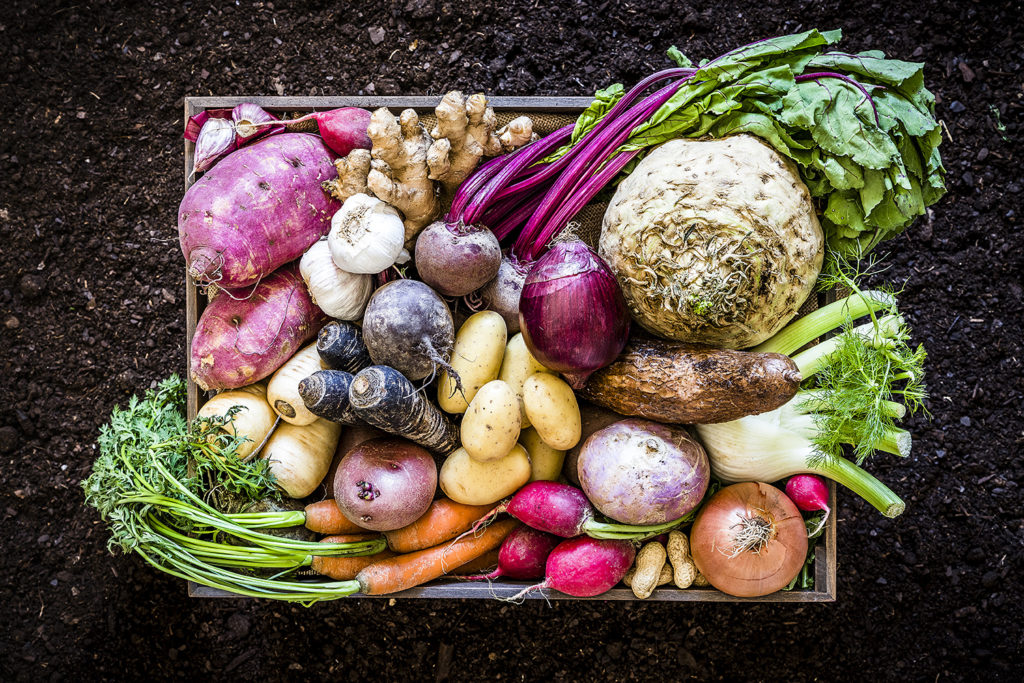
Use All Food Parts
Another way to prevent food waste and achieve zero-waste cooking is to use all parts of the ingredients you’re cooking with. This does require chefs to get creative and think outside of the box with how to make certain dishes.
For example, if you have leftover coffee grounds, you can use them to flavor handmade ice cream for a dessert. Or when you’re left with bones from meat or scraps from vegetables, throw them in a pot to create a flavorful broth.
“One of the most important lessons I learned along the way was how to reduce waste in the creation of food – to make sure all the food ingredients are portable and can be used on more than one dish.”
Quyen Trinh, Escoffier Culinary Arts Graduate & Owner of Anise-Modern Vietnamese Eatery
You can also repurpose unused food parts in other aspects of the restaurant – not just in the kitchen. Rather than throwing away the rinds of oranges and lemons, hand them to your bartender to use in cocktails like martinis and old fashioneds.
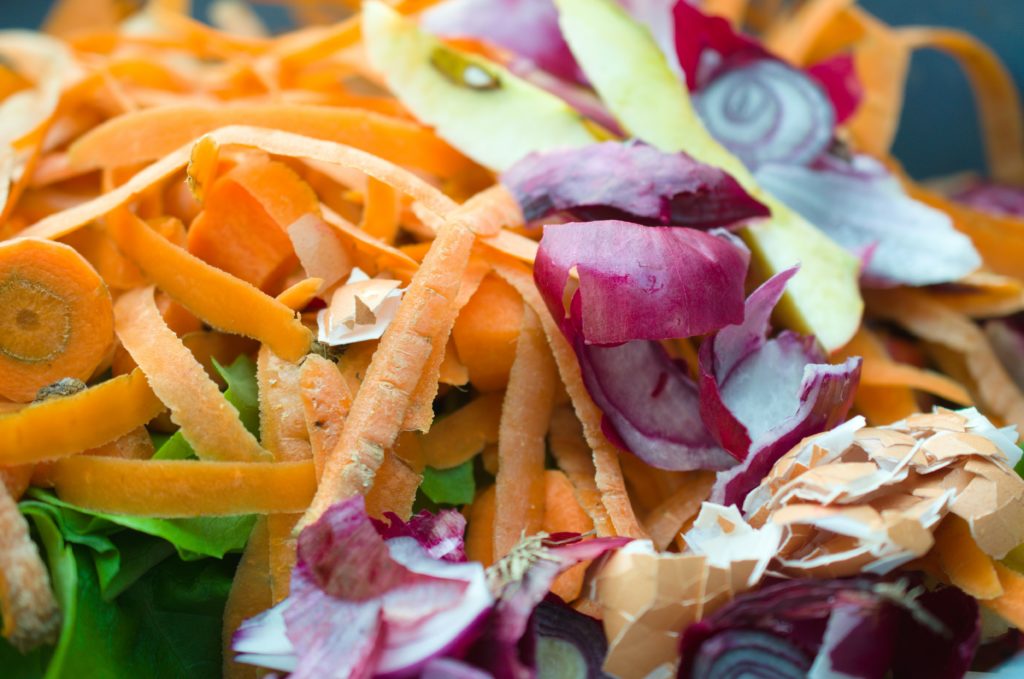
Serve Smaller Portions
Compared to the rest of the world, the portion sizes served in American restaurants are on the larger side. In fact, the U.S. is one of the only countries to offer to-go boxes at restaurants when customers do not finish their meals.
To cut down on waste, consider reducing the portion size of the meals you serve. This will lead to your customers finishing their meals, rather than taking them home, and avoid using to-go packaging that is harmful to the environment.
As another benefit to serving smaller portions, your restaurant can also save money when purchasing ingredients and inventory. Therefore, you’ll have less food to throw away at the end of the night.
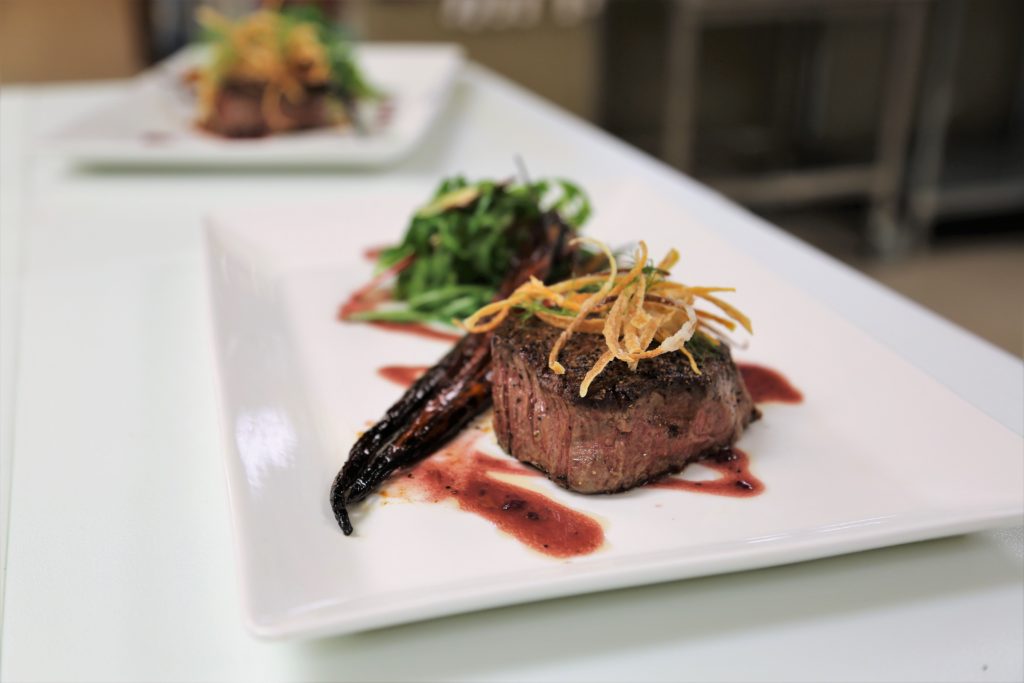
Compost
Even with serving smaller portions and repurposing parts of your ingredients, you may not achieve total zero-waste cooking. When you do have leftover scraps, you can compost it to create nutritious fertilizer. You’ll truly experience the circle of life when new fruits and vegetables grow from that fertilizer.
Don’t let the location of your restaurant prevent you from composting food waste. Even if your restaurant is in the middle of a city, you can hire a service to pick up your waste and take it to a communal compost.
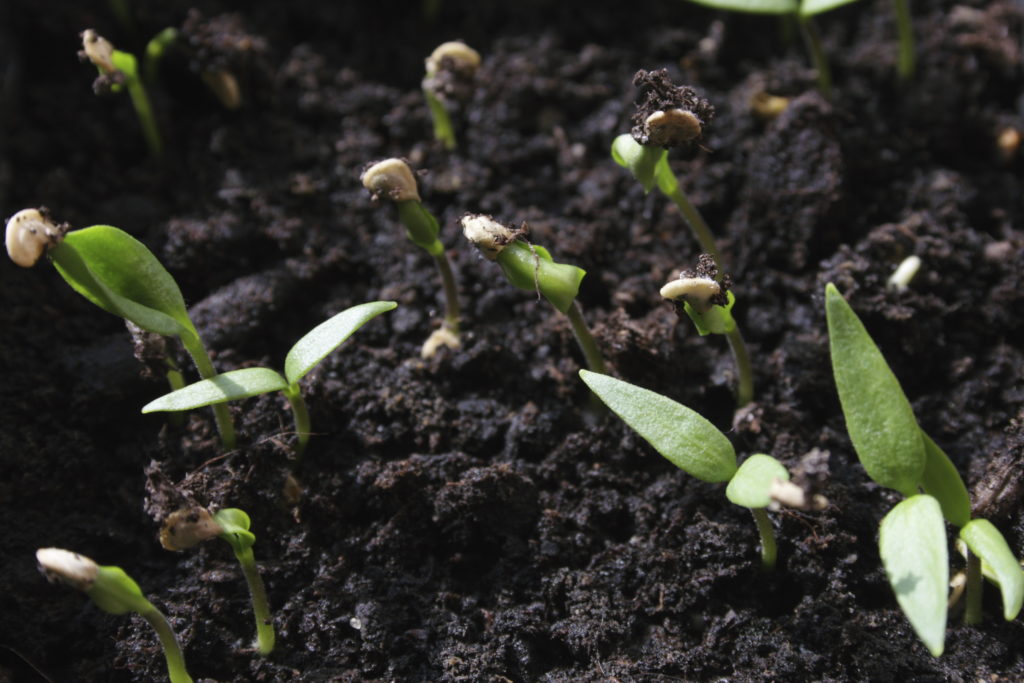
When All Else Fails, Donate
It can take quite some time to create a fully sustainable and zero-waste restaurant. Even after reexamining your kitchen processes, reducing food waste, reusing food scraps, serving smaller portions, and composting, you may still find yourself with some waste to take care of.
When all else fails, donate this extra food to local nonprofit organizations. In 1996, the Bill Emerson Good Samaritan Food Donation Act was signed into legislation to protect restaurants from liability when they donate their food. So, if someone were to fall ill from your donation, your restaurant would not be held liable.
This is a fantastic way to reduce food waste in your kitchen and help others receive a delicious meal.

Build a Sustainable, Zero-Waste Kitchen Starting with Culinary School
To build a sustainable kitchen with zero-waste cooking, it helps to know the culinary foundations and restaurant operations. Escoffier prides itself in teaching the culinary or pastry foundations, portion sizing, sustainable cooking, inventory management, and more through our degrees and diplomas, including one devoted to the plant-based culinary arts.
Escoffier’s six-week Farm to Table® Experience provides students with an in-depth knowledge of farming techniques, where food comes from, the advantages of buying local, and how to choose ethical ingredients – another opportunity to be environmentally-friendly.
The Essential Culinary Career Survey
The Essential Culinary Career Survey
What's your ideal culinary career: Fine dining? Your own restaurant? Pastry? Get our self-evaluation survey to find out!
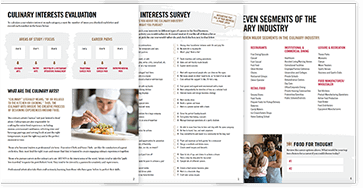
We’ve compiled a checklist of all of the essential questions into one handy guide: career options, culinary interest surveys, educational opportunities, and more.
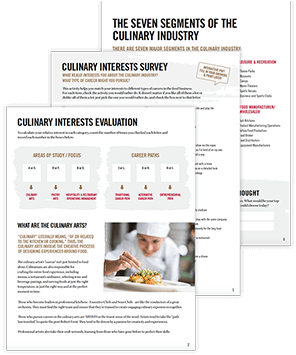

Contact the admissions department to begin your journey in building a sustainable, zero-waste cooking kitchen and lifestyle.
Did you find this article helpful? Then read these sustainability articles next:
- 4 Ways Chefs Can Reduce Food Waste
- 3 Tips for Becoming an Environmentally-Conscious Chef
- Sustainability is Trending: How Will This Affect Your Restaurant?
This article was originally published on March 25, 2019 and has since been updated.

 “I’m definitely more focused on waste management. I’m making more things from scratch instead of buying them pre-bottled, using even the remains of vegetables and meats to blend and make marinades and stock.”
“I’m definitely more focused on waste management. I’m making more things from scratch instead of buying them pre-bottled, using even the remains of vegetables and meats to blend and make marinades and stock.” “One of the most important lessons I learned along the way was how to reduce waste in the creation of food – to make sure all the food ingredients are portable and can be used on more than one dish.”
“One of the most important lessons I learned along the way was how to reduce waste in the creation of food – to make sure all the food ingredients are portable and can be used on more than one dish.”

